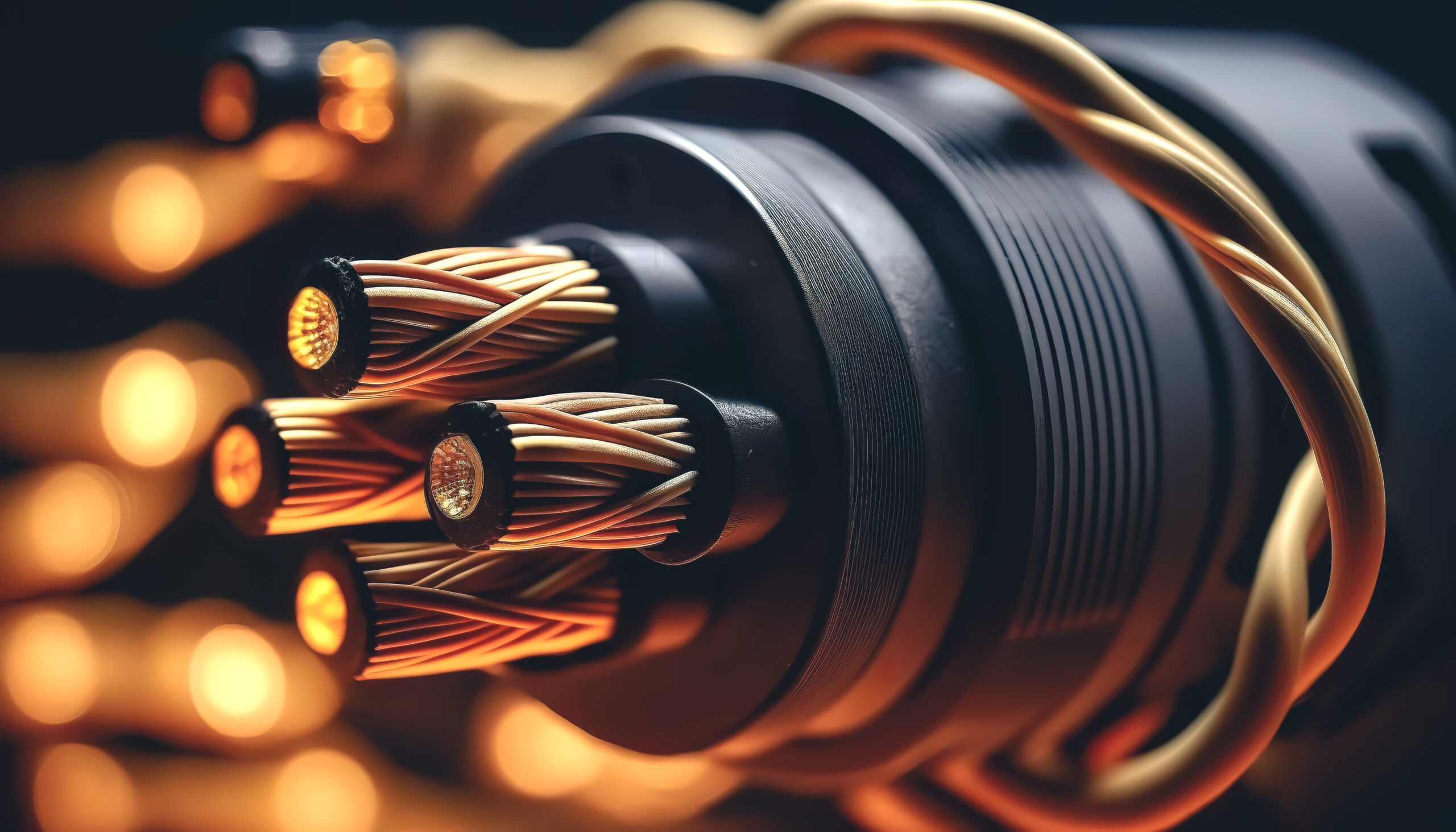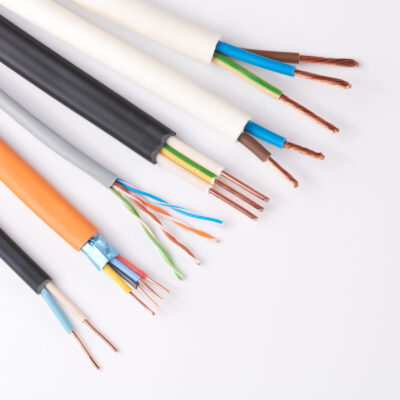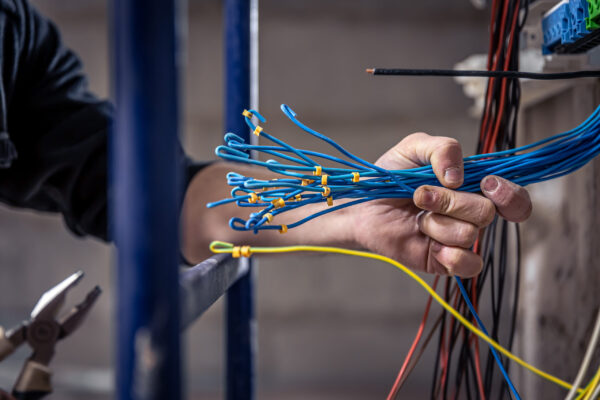Cables
Home> Cables

Cables
Cables are essential components of electrical and communication systems, enabling the transmission of signals, data, and power. They consist of one or more conductors enclosed in protective insulation, often wrapped in an outer sheath for additional protection. Cables are used in a wide range of applications, from electrical wiring in buildings to networking and telecommunications.
Here is a general description of the components and types of cables commonly used:
-
Conductors: The conductors are the core components of a cable and are responsible for carrying electrical current or signals. They are usually made of copper or aluminum, as these materials have excellent conductivity. The conductors can be solid or stranded, with stranded conductors providing more flexibility.
-
Insulation: Insulation is a protective layer that surrounds the conductors, preventing contact with other conductors or objects. It also prevents the leakage of electrical current or signals. Common insulation materials include PVC (Polyvinyl Chloride), PE (Polyethylene), XLPE (Cross-linked Polyethylene), and rubber. The choice of insulation material depends on factors such as the application, voltage rating, and environmental conditions.
-
Shielding: Some cables, especially those used for data transmission or in areas with high electromagnetic interference, may have shielding layers. Shields are conductive materials, such as copper or aluminum foil, that surround the insulated conductors. They help to minimize electromagnetic interference (EMI) and ensure signal integrity.


Type of Cables
Cables are manufactured and labeled based on industry standards, which specify their characteristics, voltage ratings, temperature ratings, and application suitability.
Brand we use
Our Services
CCTV System
Fire Alarm System
PA System
Access Control System
Hand Dryers
Projectors
Audio - Video
Rodent Repellent System
Gas Detector
Intercom System - EPABX
Fire Fighting System
Switches
Cables
Door Interlocking
Water Leak System
Display
FAQ
What is the difference between solid and stranded conductors?
Solid conductors consist of a single solid wire and provide better electrical performance over long distances. Stranded conductors are made up of multiple smaller wires twisted together, offering flexibility and resistance to breakage. Stranded conductors are commonly used in applications where flexibility is required, such as in cords and cables.
What is the purpose of insulation in cables?
Insulation in cables serves as a protective layer around the conductors, preventing contact with other conductors or objects. It also prevents the leakage of electrical current or signals and provides electrical insulation to ensure safe and reliable operation.
What is shielding in cables?
Shielding in cables is a layer of conductive material, such as copper or aluminum foil, that surrounds the insulated conductors. It helps minimize electromagnetic interference (EMI) and radio frequency interference (RFI), ensuring signal integrity in cables used for data transmission or in areas with high electromagnetic noise.
How are cables categorized based on their voltage rating?
Cables are categorized based on their voltage rating, which indicates the maximum voltage they can safely handle. Common voltage ratings include low voltage (LV) cables, medium voltage (MV) cables, and high voltage (HV) cables, each designed for specific voltage ranges.




